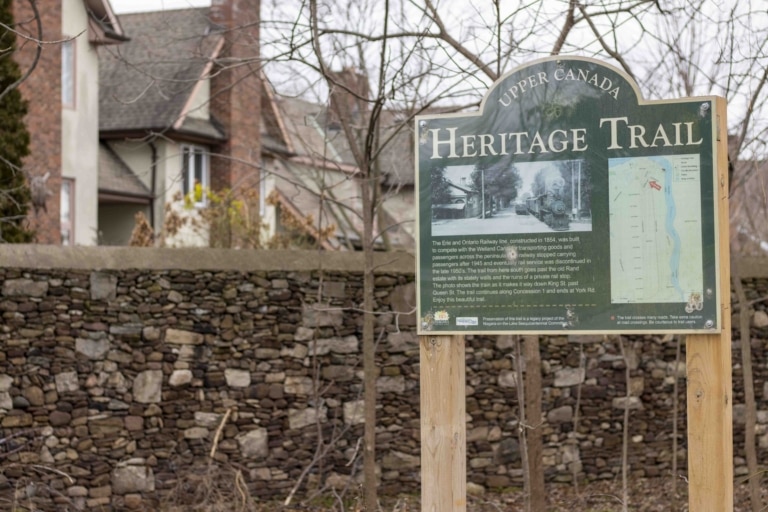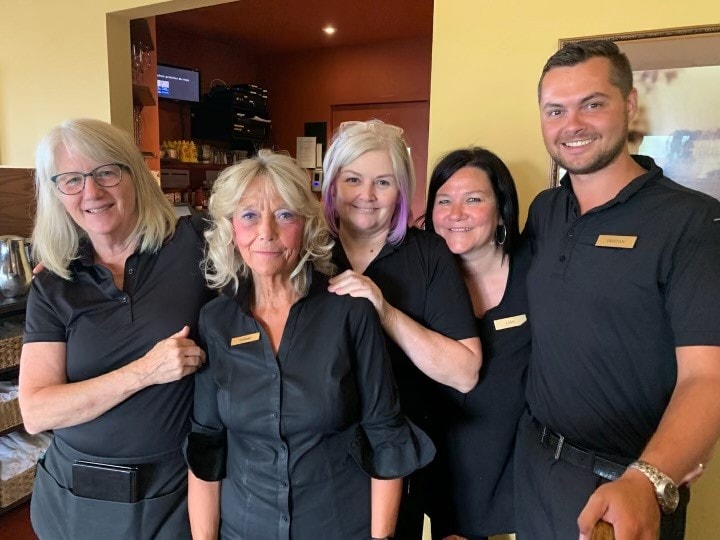Paint of the 18th and 19th centuries was a different critter than its modern equivalent. And paint colours were not the muted conservative tones that many folks associate with historic homes.
To begin at the beginning, historic paint is composed of three components: Pigment to make the paint opaque and give it colour, a binder to hold the pigment particles, and a fluid medium such as water or turpentine.
Pigments were naturally occurring minerals and/or organics that were manually processed into a powder.
For example, iron oxides or cinnabar was used to produce red; ochres and massicot (lead oxide) were often the source of yellow; indigo, lapis lazuli or azurite produced blue; verdigis the source of green; black came from charcoal or lampblack; raw or burnt umber the brown; and white lead flake made white.
Binders might be chalk, hide glue, gelatin or very commonly oil. Of the oils, while both walnut and poppyseed were used for house paint, linseed oil was by far the most common.
Needless to say, depending on the availability of quality ingredients and the skill of the compounder (a “paint-stainer”), there could be distinct variations in colour, intensity and finish from place-to-place and even batch-to-batch. Perhaps this was one reason why it was common during this period for homeowners to have each room painted a different colour?
By the time the Town of Niagara was being rebuilt, white was the most popular field colour for exterior paint. However, the white of the 19th century was not the modern titanium white we think of.
Pre-1890s white might show slightly pinkish-taupe or, more often, be creamy with buttery yellow undertones. And, for the well-to-do, the highlight colour on elements such as doors and shutters might be the newly introduced and quite expensive Prussian Blue. It was considered by many to be the first “modern” synthetic pigment.
Interior colours varied by individual taste and function from drab grey in service corridors to chrome yellow and chrome green in foyers or public rooms.
Prior to the turn of the 20th century our ancestors were not afraid of exuberant colours. Consider the fact orange-yellow was one of the most popular paint colours between 1775 and 1830!
And, from a practical standpoint, at a time when the sources of artificial light were both limited and dim, vivid intense colours (particularly those with a gloss finish) helped to reflect any available light.
And then there was wallpaper …



1.jpg)







